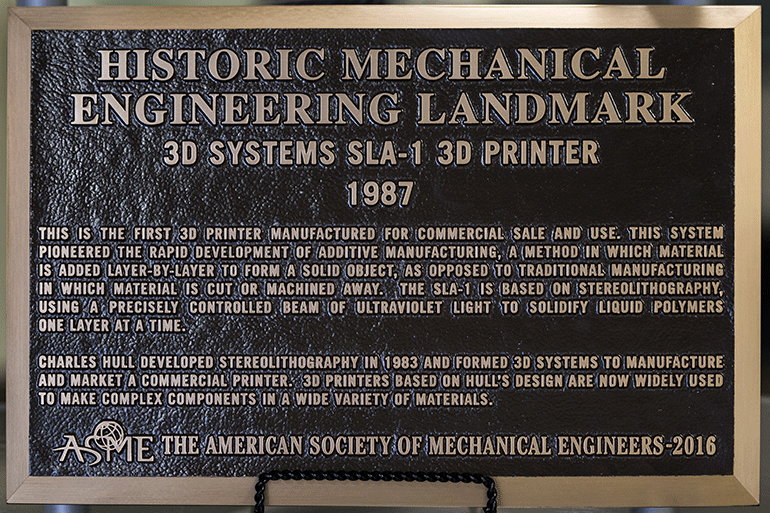We admired NASA for finding novel (and sometimes gross) ways to use 3D printing, commemorated the 3D printer that started it all, and celebrated advances in a (very good, very bloodless) arms race, all this week in 3D printing.
One Person’s Waste… Is Another Person’s Plastic
Astronauts will need a lot of plastic to make sure their 3D printers have the filament to fill gaps in their supplies during long missions. The thing about going to space (or to another planet) is that you have to bring everything with you, whether you’re making vitamins or plastic tools. Enter the almighty power of urine. Yes, as it turns out, blending urine with yeast can produce plastic (and the omega 3 fatty acids we need to stay healthy). For more on how this works, read the full rundown at Futurism, and check out the video below. At some point, we’re going to have to stop calling it waste.
Nerves of Ceramic
While most of us might not think of porcelain as a particularly strong material, researchers at HRL Laboratories beg to differ. As ever-alert Futurism reported, the company has won an award from NASA that will fund their work in 3D printed ceramic rocket engine parts. The work they’ll do for NASA builds on their research into converting preceramic resins into heat-resistant ceramic materials. HRL’s Dr. Tobias A. Schaedler explained, “3D printing could completely change what ceramic parts look like and where they are applied in rocket engines.” Check out how HRL 3D prints ceramic in the video below. And imagine what this could do for your chipped dinnerware.
Mama, Is That You?
Every great technology has its beginnings. For 3D printing, the genesis came when Charles Hull’s SLA-1 hit the market in 1987. Hull had patented the Stereolithography (SLA) process, which builds layers onto 3D prints with a UV laser that solidifies layers of liquid photosensitive material. Now, the SLA-1 has received Historical Landmark designation. Read more at MachineDesign.com, and take a minute to admire the nifty plaque below that commemorates the milestone. At 30, 3D printing’s best days are still ahead.

All Up in Arms
Two feel-good stories came out of the world of assistive devices in the past week. The first, reported by ZDNet, brings us the feats of two students at the University of Antwerp, who have developed robotic arms that can translate sign language. ASLAN, or “Antwerp’s Sign Language Actuating Node” is made up of an Arduino Due, 25 3D printed parts, 16 servo motors, and three motor controllers. The pair have made the plans available for free, making this truly a labor of love. For that, they deserve (at least) a hand.
And finally, Mashable brought us the heartwarming tale of a 3D printed robotic arm that brings together a number of state-of-the-art prosthetics technologies in an affordable package. The work of 21-year-old Easton LaChappelle and Microsoft, the 3D printed arm was developed for a girl named Momo, and is already helping her live her best life. Watch the whole story at Mashable, and bask in the glow of some honest-to-goodness hope — all courtesy 3D printing.


